What is the difference between an electronic visa and regular visa?
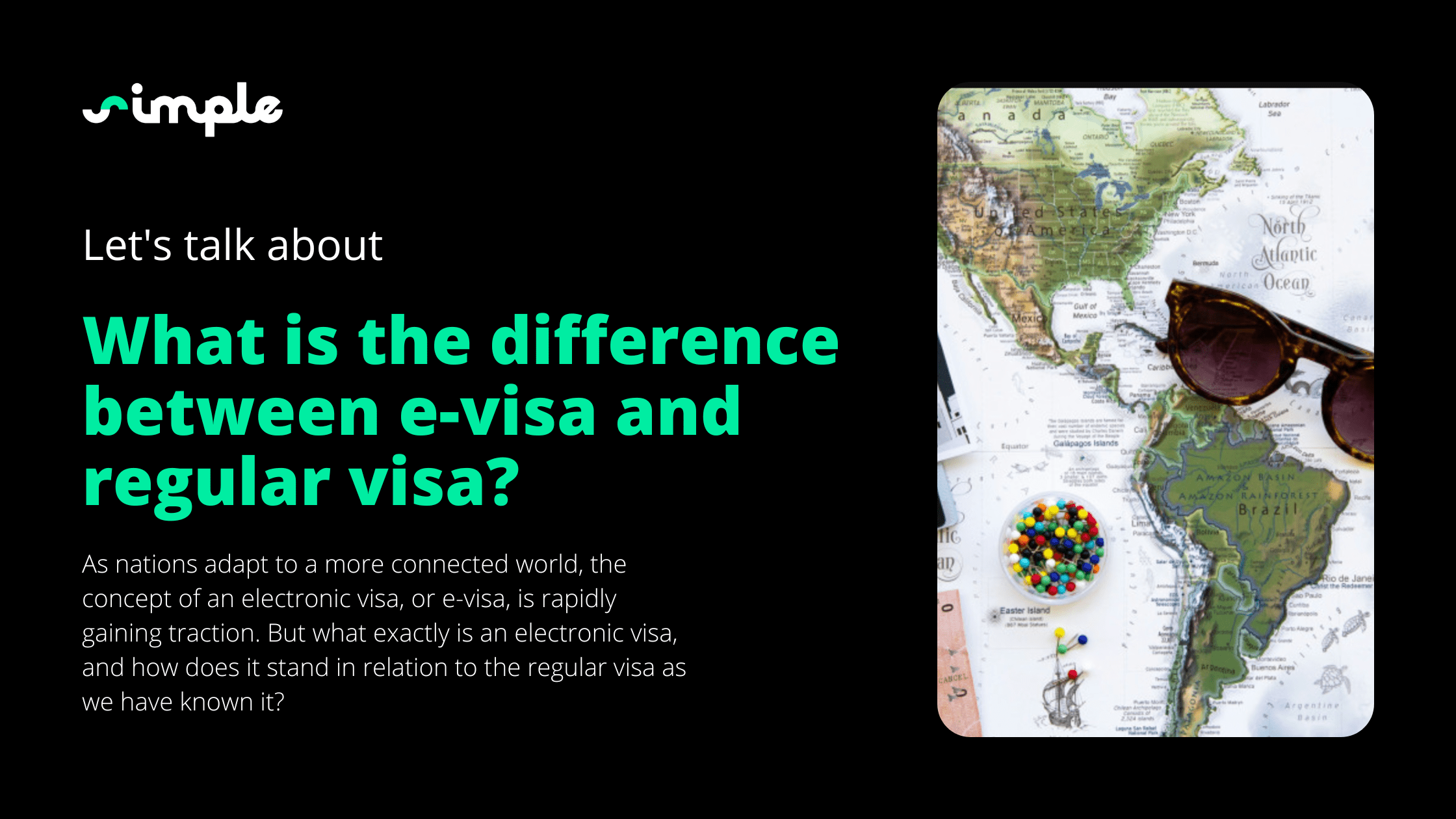
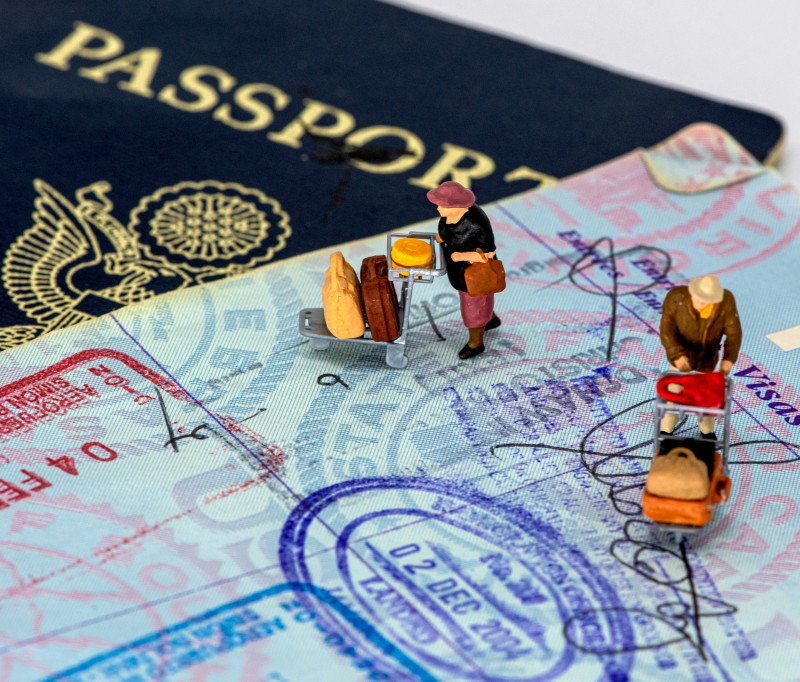
The world is becoming more digitalized by the minute, and one area not immune to this revolution is international travel. As nations adapt to a more connected world, the concept of an electronic visa, or e-visa, is rapidly gaining traction. But what exactly is an electronic visa, and how does it stand in relation to the regular visa as we have known it?
This type of visa owes its existence to advancements in digital technology, and offers the convenience of application from anywhere with internet connectivity.
Contrastingly, a regular visa is a traditional form of travel authorization, obtained through formal application processes at the designated issuing authority in the person’s home country. This document is regularly a physical stamp or sticker affixed to a page in the traveler’s passport. With its roots firmly planted in historical bureaucratic processes, it is frequently associated with lengthy application procedures and time-consuming approval systems.
With the rising wave of digital transformation, in every sector there is a change, travel and immigration landscapes are evolving. Increasingly, countries are shifting towards e-visa policies, encouraging the travelers to understand the difference between these two types of visa. Whether for tourism, business, or other purposes, knowing the differences for these documents can significantly impact the ease of securing international travel authorization.
Our exploration will dive into the primary distinctions between e-visas and regular visas, focusing on factors such as application procedures, processing times, cost, accessibility, and security measures.
By comprehending these crucial differences, it will be easier for potential travelers to make informed decisions and navigate the visa acquisition process smoothly. Despite the evolving landscape, the goal remains the same: to facilitate legal and hassle-free international travel.
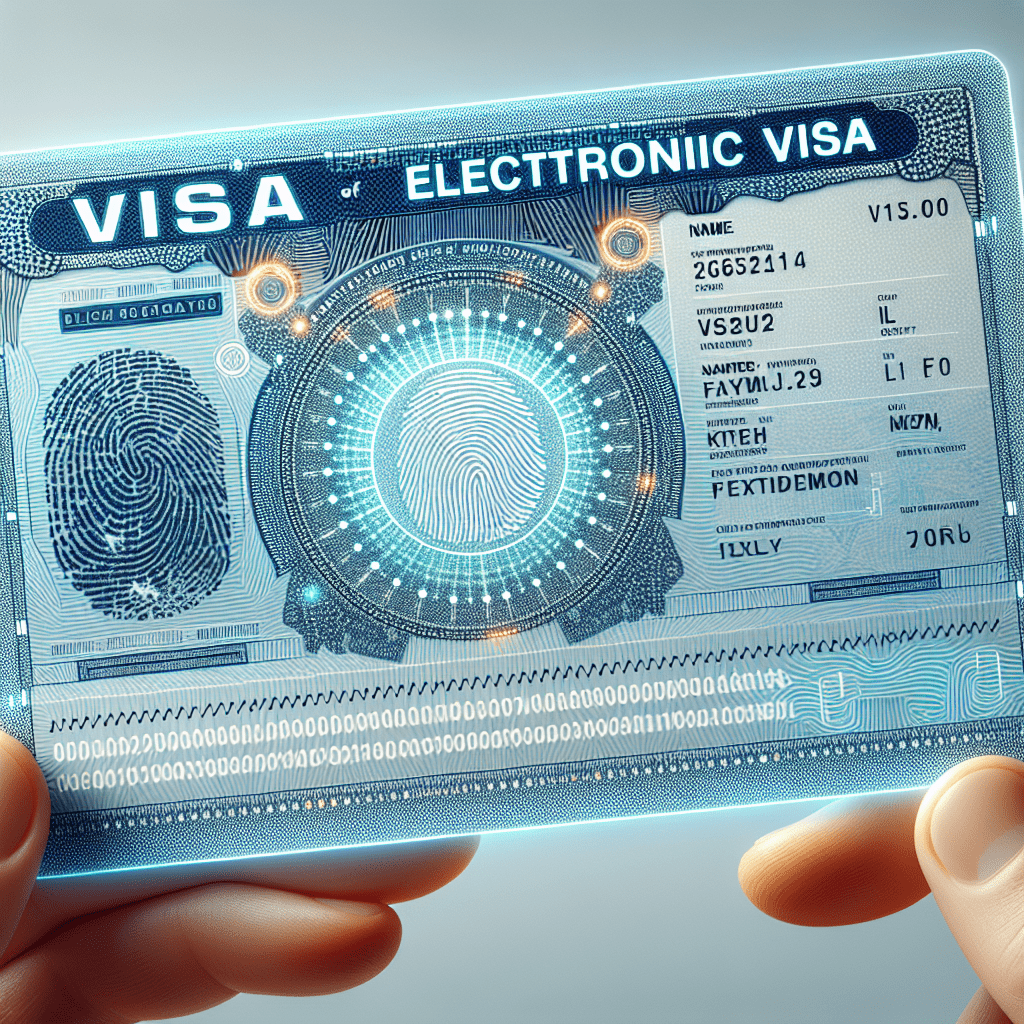
Detailing what an electronic visa is
Definition of electronic visa
An electronic visa, commonly known as an e-visa, represents a contemporary, dynamic and a relatable facet of travel customs. It is used as an official document, granting permission to enter and travel within a specific nation.
Simplifying the “computerized visa process,” the e-visa is essentially a digital immigration permit, made possible thanks to the evolution of the digital technology advancement.
Fundamentally, an e-visa provides the same rights as the traditional visa paper form. The interesting difference in the e-visa processing, is the streamlining operation through its web-based approach. There’s no need for face-to-face interviews or tedious lines at embassies. Instead, one can secure an “online travel authorization,” with the transaction being secured over the internet portals. Notably, countries such as Australia, Turkey, and Ind
ia were among the first to embrace online visa services, making it easier and faster for travelers to obtain appropriate permissions.
Features and characteristics
The defining characteristics of an e-visa include its online existence – from application to approval. Utilizing “digital visa application” systems, applicants can apply from the comfort of their home or work, interacting with user-friendly interfaces that guide their submissions and answer to their questions.
Once granted, the electronic tourist visa or work permit is linked to the passport number used during the application process. As a result, these visas are not physically evident in the passport but exist digitally in the immigration systems of the host country. For many, this removes the fear of losing this essential travel document.
How to apply and obtain
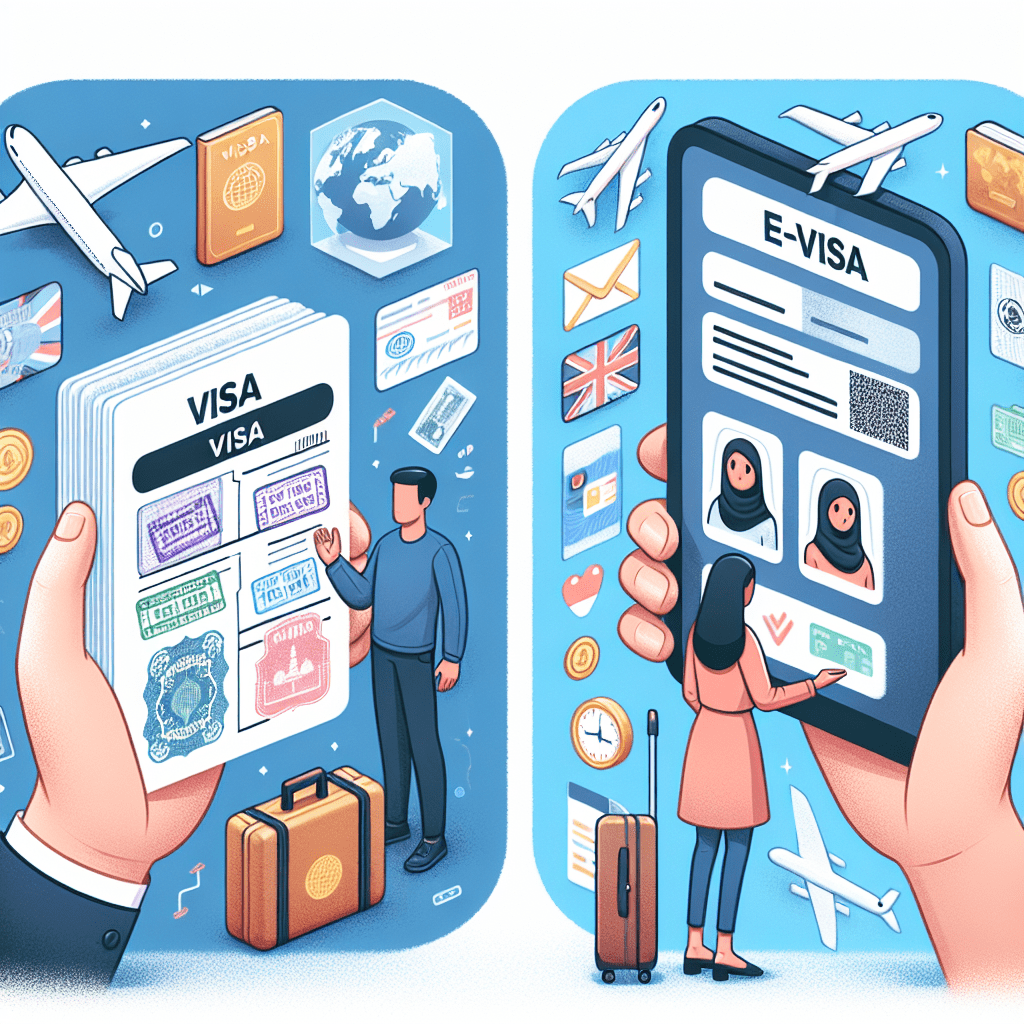
The process to apply for an e-visa typically involves accessing the relevant country’s official immigration website or a trusted online visa service provider.
Here, the journey of an “internet visa application” begins. Applicants complete forms with personal information and planned travel details, that can be directly via their passport scan. This procedure is then usually followed by the necessary document uploads, including identification pages.
After completing the application, payment of the processing fee is made, often via secure online methods. Most nations then send visa confirmation through email, and individuals have the option to print or save a copy for travel confirmation or an “online visa status check”.
Popular countries issuing electronic visas
Many countries understand the value of streamlining their immigration process and have embraced e-visas to varying degrees. Notably, Australia, India, Myanmar, Vietnam, Turkey, and Sri Lanka offer comprehensive and simple e-visa options. Other nations like the United States, Canada, and the UK also provide specific electronic authorization systems for certain visitors.
Advantages of electronic visas
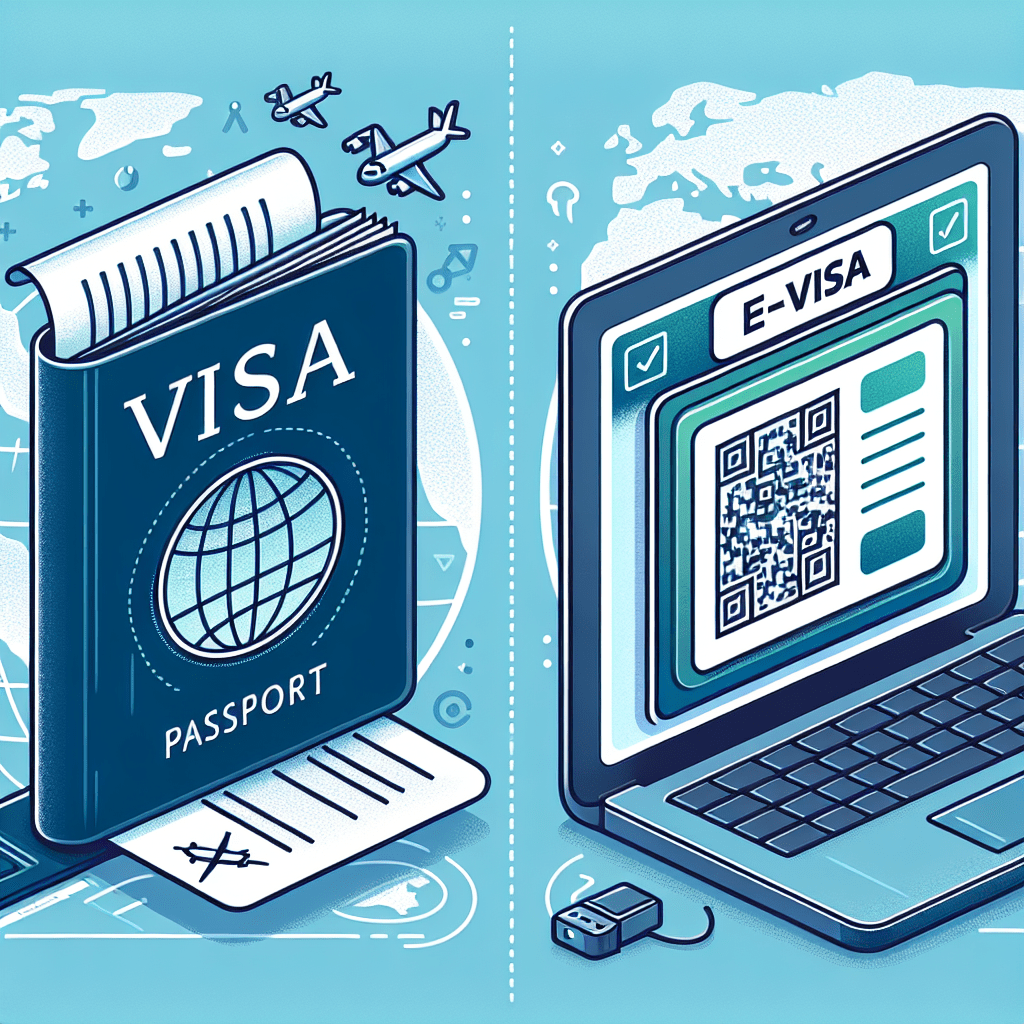
Convenience and speed
E-visas mean convenience, bringing badges of the digital age like speed, efficiency, and simplicity into the once cumbersome visa process. The “e-visa processing” mechanism is typically faster than traditional methods as you complete it from your preferred location, at any time, without the need to visit a consular office.
Cost-effectiveness
Thanks to digital handling, e-visas often come with cost benefits. By removing the need for postage, courier services, and travel to embassies, it contributes fundamentally to the economics of visa applications. It also simplifies the payment process, with online payment systems leading to quicker receipt and handling.
Reduction in paperwork

The transition of paperwork onto digital platforms dramatically lightens the load on travelers. As a “virtual travel permit,” the e-Visa is synonymous with less paperwork, fewer mistakes, a secured application and notably, a smaller carbon footprint.
Limitations of electronic visas
Not available universally
One significant limitation of the electronic visa system is its availability. Not all nations have embraced this digital advancement, meaning travelers to less digitally-inclined countries must revert to traditional processes.
Specific usage restrictions

Another downside is that some countries restrict the electronic visa applicability to certain airports or crossings. This may limit traveler flexibility, especially for those wishing to experience overland crossings.